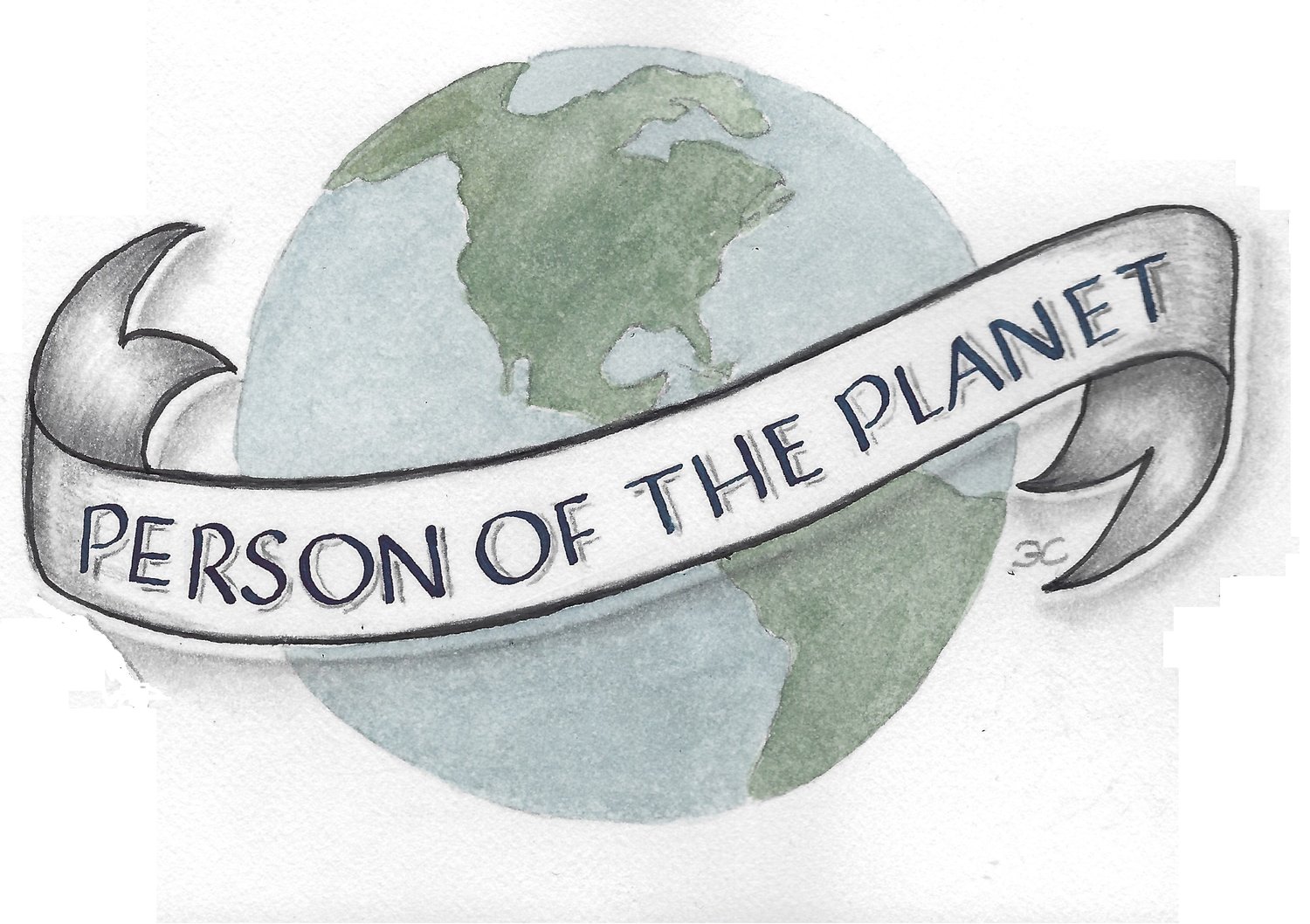Berkeley Gets Tough on Takeout
Click here to view the original article
The Berkeley City Council has voted unanimously to adopt what may well be the strictest regulations on disposable food ware in the country. The new ordinance, passed unanimously this week, requires all takeout cups, straws, cartons and forks to be compostable, but that’s only the opening salvo.
By next year, Berkeley restaurants will be required to charge a 25-cent fee for each disposable cup, even if it’s compostable, and forbidden to give diners eating in the restaurant anything but reusable plates and silverware.
As Berkeley restaurants puzzle over how they will comply with the new law, the city sets in place an even more ambitious plan to eliminate single-use containers altogether.
Martin Bourque, executive director of the Berkeley Ecology Center, which has operated Berkeley’s recycling program since 1973, helped propose the initial legislation two years ago to present to the City Council.
Bourque pointed out that Berkeley was the first city in the nation to ban polystyrene cups and takeout containers in 1989. Yet plastic continues to accumulate in the streets and oceans, and when China stopped allowing imports of recyclable plastics from other countries in 2016, the ban sent many recycling programs, including his, scrambling for alternate solutions. Reducing demand was the logical step.
(Food ware) “is two-thirds of street litter,” Bourque said. “It’s commonplace and unnecessary and, in many cases, has exploded in the last decades. It’s something that municipalities have a high degree of control over, whereas packaging is more difficult.”
A number of Northern California municipalities, such as San Francisco, Santa Cruz and Alameda, already have banned plastic takeout containers and utensils in favor of recyclable or compostable ones. California banned plastic bags in 2014, and in September banned plastic straws at dine-in restaurants unless customers request them.
“We have studied those approaches, but we felt like we needed to address the issue comprehensively,” said Mayor Jesse Arreguin, who co-sponsored the ordinance with Councilwoman Sophie Hahn. “We need to also change behavior. I think that was a critical component of this ordinance.”
The new requirements will be rolled out in several steps. By the end of the month, Berkeley restaurants must stop giving out disposable utensils automatically. Customers must either request them or find them at a self-serve station.
Starting in January 2020, restaurants must use compostable food ware certified by the Biodegradable Products Institute. In addition, the city will impose a 25-cent fee on each compostable cup that a customer requests, and restaurants will not be able to reject customers who bring their own to be filled. Berkeley’s Environmental Health Department will oversee enforcement.
In July 2020, Berkeley will require all businesses to use durable, reusable plates, cups and utensils for all dine-in meals. Fast-food restaurants, barbecue shops, sandwich places: All must comply.
Representatives from several local restaurants, including Comal, Flaco’s and Jupiter, said the new legislation won’t necessitate major changes.
“For us, honestly, I don’t think it will affect us that much, since we’ve been using compostables for a while,” said Jupiter manager Jessica Tung, who pointed out that her restaurant was green-certified. “We don’t ‘auto straw’ — we offer water only by request and utensils to go by request.”
Comal co-owner Andrew Hoffman said, “We’re not sold on the idea that 25 cents is a deterrent to get people to carry their own glass around, but we’re in agreement that there’s too much plastic crap and litter out there.” He added, “Berkeley’s got a laundry list of issues that are worth dealing with ahead of this, but I’m not on the City Council.”
Other restaurateurs are throwing up their hands at the strictures the ordinance will impose.
“My whole model is based, and been created, on food to go,” said Gregoire Jacquet, owner of Gregoire’s, which has three seats inside and five outdoors and has used compostable takeout containers since opening 16 years ago. “I accommodate people with a few seats. I can’t say you can’t eat here. I don’t have the means to wash dishes.”
“There’s a lot of options,” Hahn countered when asked about concerns like Jacquet’s. “They don’t have to put in a dishwasher.”
The ordinance allows restaurants to wash dishes in the type of sink the health department already requires, for instance. And because the law will disproportionately affect small places, restaurants can apply for a waiver.
“If 90 percent of the businesses can get 90 percent there, then we’ll have achieved something great,” Hahn said.
She has even more ambitious plans for Berkeley’s future. The ordinance directs city staff members to develop a program that will introduce several sizes and shapes of reusable containers citywide in 2022, with the ideal of eliminating single-use food ware altogether.
“We hope that this becomes a model for other jurisdictions,” Hahn said. “We have already had other cities reach out.”

